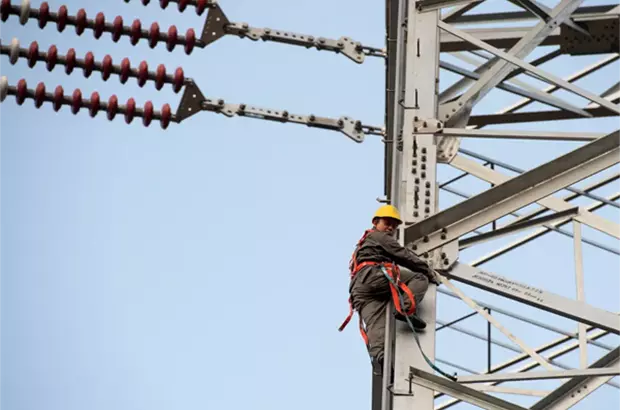What is high voltage electricity? Is it safe?
2022-08-11
2022-05-18
High-voltage electricity refers to the electrical connection line with the AC voltage of the distribution line above 1000V or the DC voltage above 1500V. AC low voltage below 1000V or DC voltage below 1500V is low voltage.
The safety voltage does not exceed AC 36V, DC 50V. The AC voltage level of 1000 kV and above in the power system is UHV power supply, which is usually only used as a large power long-distance transmission line, because it can reduce the energy loss during the transmission process. (The voltages used in different fields are different.) According to the formula P=IU, in order to reduce the loss of electric energy in the transmission process, the current must be reduced, and the total power must be kept unchanged, the voltage must be appropriately increased, and finally reach the user's home after passing through the step-down substation.
Compared with ordinary power supplies, high-voltage electricity has its special hazards. There are two special cases of high-voltage electric shock: one is the high-voltage arc electric shock. The second is the step voltage electric shock. Due to the high voltage level, it is easy to get electrocuted, so be careful.
Common locations for high voltage electricity
Transmission and distribution lines in a power system, such as high-voltage towers or substations, or users who consume a lot of electricity. Trains, high-speed rails, and MRTs powered by electricity use high-voltage cables and collector brushes, or high-voltage rails.

Generally speaking, the impact of high voltage electricity on the human body lies in electric shock and electromagnetic waves. When working around high-voltage electricity, appropriate protective measures should be taken and a safe distance should be maintained. Otherwise, the high-voltage electricity should be cut off first before construction to avoid electric shock death.
The overhead power line protection area is a safe area that must be set up in order to ensure the safe operation of the existing overhead power lines and ensure the normal power consumption of people's lives. In densely populated areas such as factories, towns, market towns, and villages, the overhead power line protection area is the area within the two parallel lines formed by the sum of the horizontal distance of the conductor edge after the maximum calculated wind offset and the horizontal safety distance from the building after the wind offset.




